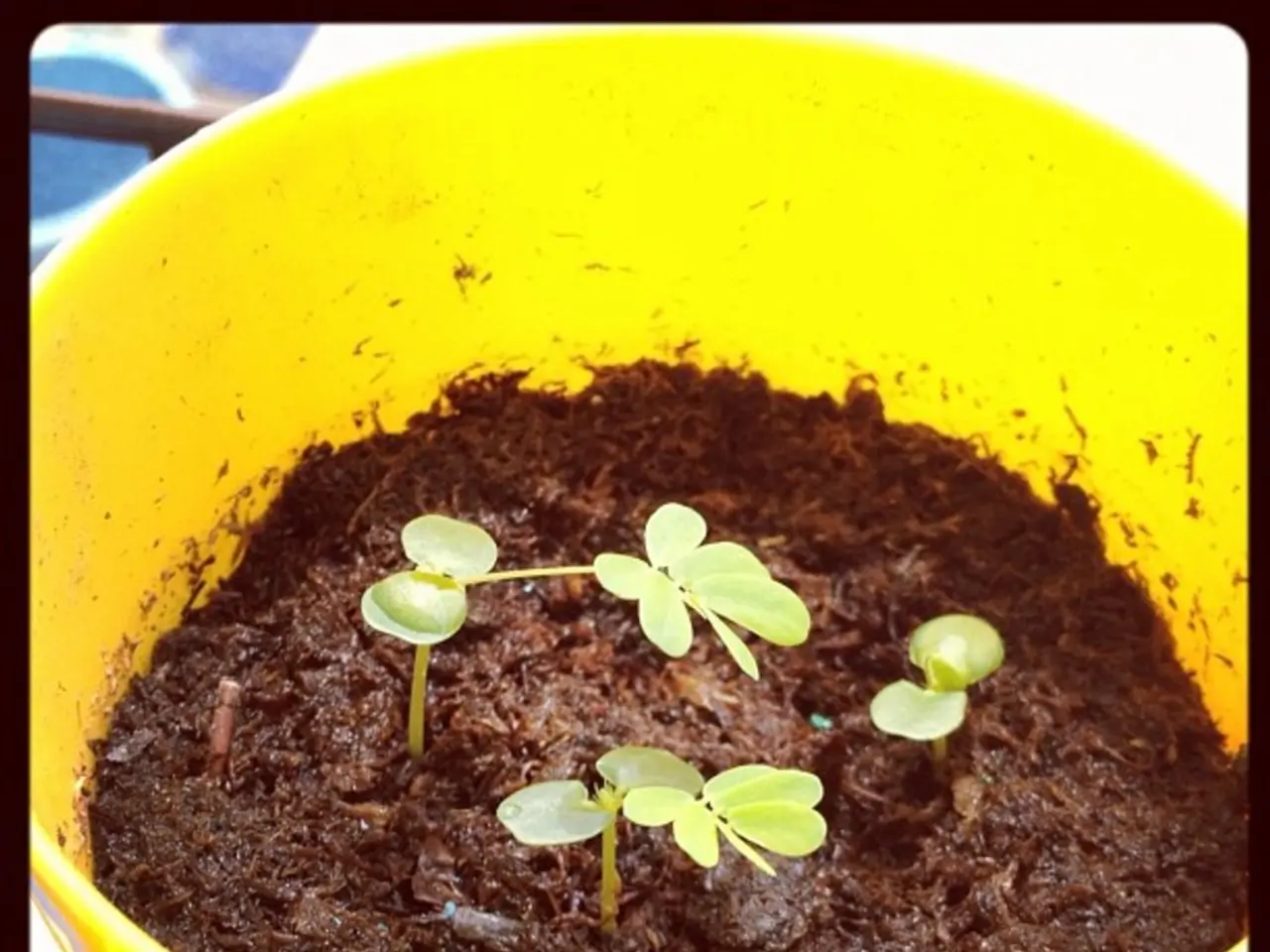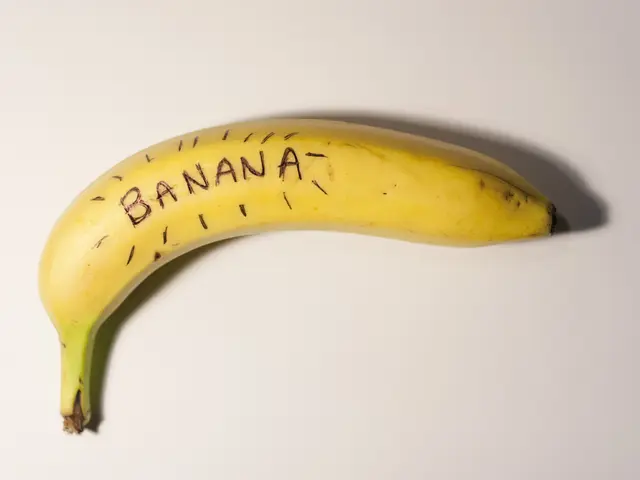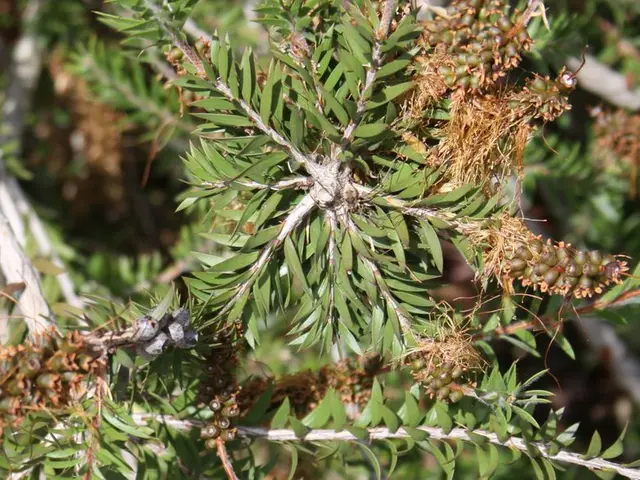Utilization Guide for 16-16-16 Fertilizer: Practical Application Tips
Triple 16 fertilizer, a balanced fertilizer containing 16% nitrogen, 16% phosphorus, and 16% potassium, is a popular choice for gardeners looking for an all-purpose solution to nourish their plants. This versatile fertilizer is suitable for a variety of soil types, including clay, sand, and peat, and can be used in any season.
However, while Triple 16 fertilizer offers a balanced formula suitable for general use, it is not ideal for all plant types or specific growth phases. For instance, lawns typically benefit from nitrogen-heavy fertilizers, and fruit and flowering plants may require higher potassium and phosphorus ratios during blooming and fruiting stages.
Tailoring NPK ratios to plant type and growth stage yields better plant health and productivity. Here's a breakdown of the ideal NPK ratios for different plant growth goals:
1. Root Development (Seedling Phase): A fertilizer high in phosphorus supports root development. Ratios like 10-52-10 or 0-52-34 are recommended to encourage strong root systems at this stage.
2. Vegetative Growth: Nitrogen is key for leaf and stem development, driving chlorophyll production. Ratios with higher nitrogen such as 40-10-10, 3-1-2, or 4-1-2 best support this phase, ensuring healthy green foliage and strong stems.
3. Flower and Fruit Growth: For maximizing flower and fruit quality, fertilizers with higher potassium and balanced phosphorus are preferred. Examples include ratios like 10-10-40 or 0-5-65.
4. Lawns: Lawns typically benefit from nitrogen-heavy fertilizers such as 16-4-8 to promote strong green growth, rather than a balanced 16-16-16.
5. General Use: A ratio like 16-16-16 or 25-25-25 is often used for a balanced general-purpose fertilizer, but it is not optimal for all plant types or all growth stages.
In addition to its general-purpose benefits, Triple 16 fertilizer also helps increase resistance to diseases such as herbicides and improves chlorophyll production in plants, aiding in maintaining an enriched green color during darker weather conditions. This fertilizer is safe for house gardening and full-blown outdoor farming.
When using Triple 16 fertilizer, it's advised to apply it before planting flowers or seeds, and the best time to do so is early in the morning or late in the evening before watering. The fertilizer comes in two types of granules: slow-release (needs application every 1-2 months) and fast-release (needs application every 3-4 weeks).
It's important to note that overuse of any fertilizer can harm plants, shrubs, vegetation, fruits, or grass. Always follow the manufacturer's instructions when applying fertilizers.
In conclusion, while Triple 16 fertilizer is a valuable tool in any gardener's arsenal, it's crucial to understand its limitations and tailor its use to specific plant types and growth stages for optimal results.
Triple 16 fertilizer can be beneficial for maintaining a healthy home-and-garden, as it helps in increasing resistance to diseases and improves chlorophyll production for an enriched green color. However, for achieving specific growth goals like root development, vegetative growth, flower and fruit growth, lawns, or general use, it's necessary to tailor NPK ratios as suggested, such as using high phosphorus ratios for root development, nitrogen-heavy ratios for vegetative growth, higher potassium and balanced phosphorus ratios for flower and fruit growth, nitrogen-heavy fertilizers for lawns, and varying ratios for general use.








